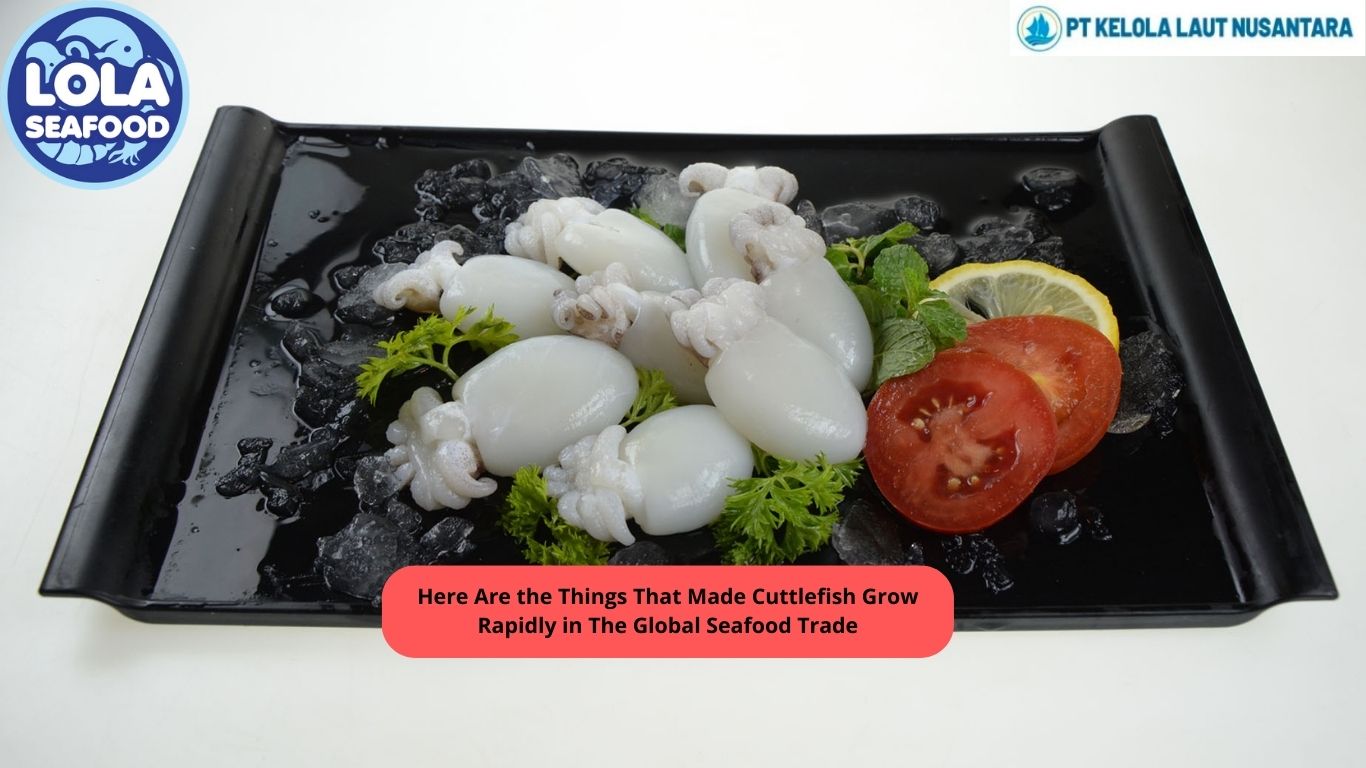Crab Pasteurization
By. Najih - 12 Jun 2024.jpg)
Crabs are caught and transported live to processing facilities by either boat or truck. On arrival, the crabs are inspected for physical damage, chemical contamination and mortality. Those crabs that are not immediately processed are placed in a chill room (55-65 °F) for a maximum of 24 hours it may be optional based on the plant capacity. Then crabs are cooked in a retort for 15 minutes at 90 °C (15 psi). Cooked crabs are placed in an air cool room for a maximum of two hours or until steam is not visible from the crabs. The crabs are then placed in a chill room at 45 °F until processed.
• The cooled crabs are picked by hand using small tweezers like equipment for easy removal of crab meat from shells. Then crab meat is weighed and filled in cans (454 g).
• Then the sorted meat is inspected under fluorescent light called dark room to remove the shells are other foreign materials in the meat.
• Then the sorted meat is packed in proper cans. While filling the can Sodium acid pyrophosphate/ sodium tri polyphosphate of 3 ml is added before and after filling to prevent struvite formation in the cans.
• In the packing rooms, cans are check-weighed and hermetically sealed with the can seamer. Within 48 hours of picking, meat is pasteurized. During the pasteurization process, the can of picked meat is heated in a water bath followed by cooling in ice slush. Finished product containers are stored under refrigeration.
• Recommended and commercially following Pasteurization conditions are to pasteurize the containers of crab until the geometric center of the containers reach at least 85 °C (185 °F) for at least 1 min. Cool to 37.8 °C (100 °F) or less within 50 min. Refrigerate at 0-4.4 °C (32-40 °F) within 1 hr. after processing.
The critical control points for pasteurization of shellfish may include,
• Length of the pasteurization cycle.
• Temperature of the water bath.
• Water bath circulation.
• Product initial temperature (I.T.).
• Container size (e.g., can dimensions, pouch thickness).
• Product formulation.
• Container integrity.
• Microbial quality of cooling water.
• Accuracy of thermometers, recorder thermometer charts, high temperature alarms, maximum indicating thermometers, and/or digital data loggers.
• Accuracy of other monitoring and timing instruments.
.jpg)
 (1).png)


.jpg)
.jpg)
.jpg)

 (3).png)